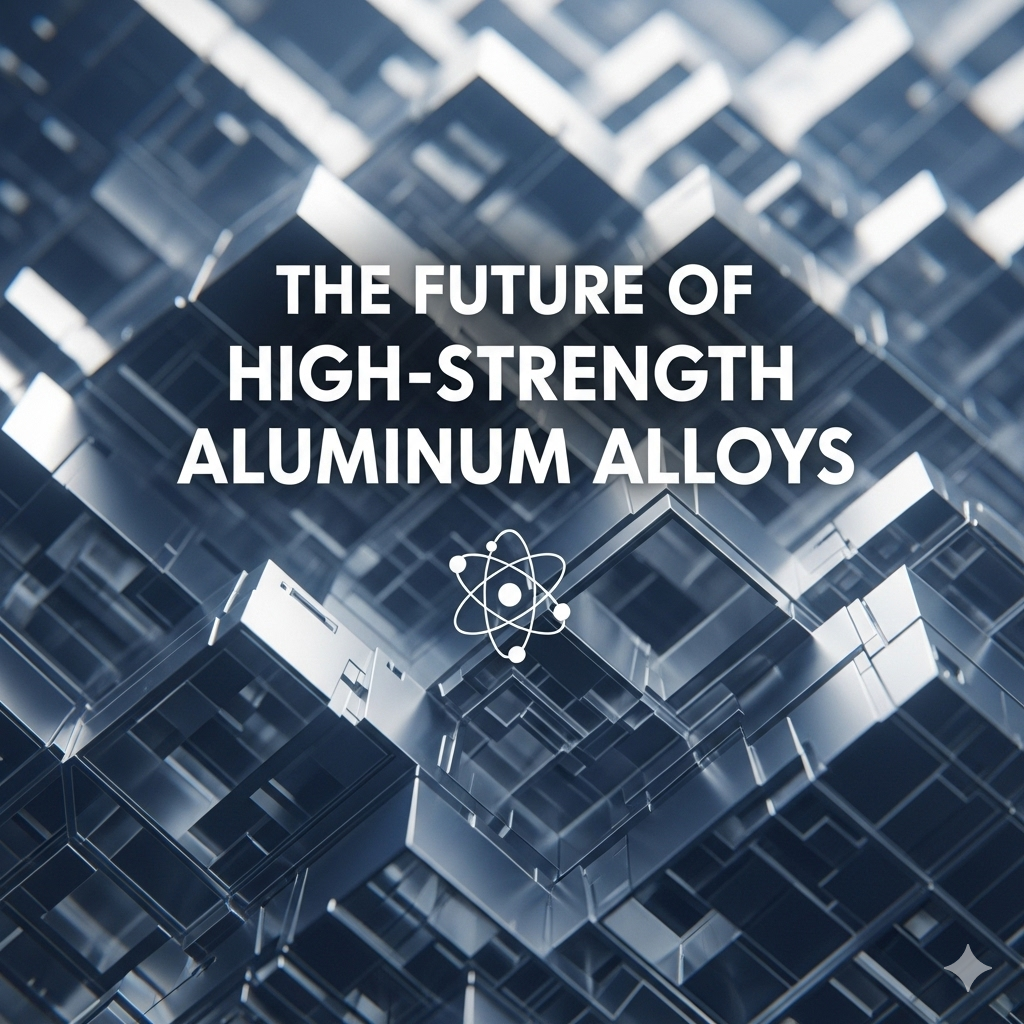The Future of High-Strength Aluminium Alloys

As industries evolve and demand lighter, stronger, and more sustainable materials, high-strength aluminium alloys are becoming the cornerstone of modern engineering. From electric vehicles to aerospace and renewable infrastructure, the applications are expanding rapidly. At the forefront of this innovation is KMC Aluminium, a trusted name in developing advanced materials tailored to tomorrow’s challenges. By investing in research and design, KMC Aluminium high-strength alloys are not only meeting the demands of today but shaping the future aluminium alloys for a more efficient, resilient world.
The Evolution of High-Strength Aluminium Alloys
The journey of aluminium alloys has been nothing short of transformative. Initially used for lightweight, non-structural applications, aluminium’s role expanded with the addition of alloying elements like magnesium, silicon, and zinc, which significantly increased its strength and durability. Over time, advanced processing methods like heat treatment and cold rolling further enhanced mechanical performance, opening doors for aerospace and automotive usage. Today, advanced aluminium alloys are engineered to rival steel and titanium in many high-performance applications, reflecting the constant drive toward high-performance aluminium. KMC Aluminium continues to push boundaries in what’s new in high-strength aluminium alloy technology KMC by blending tradition with innovation.
Next-Generation Alloy Innovations
Recent advances in materials science have accelerated the development of next-generation high-strength aluminium alloys by KMC Aluminium. These new alloys leverage nanostructuring, rapid solidification, and hybrid composites to offer unprecedented strength-to-weight ratios and fatigue resistance. KMC Aluminium is investing heavily in R&D to deliver custom alloy compositions that meet specific industry requirements – whether it’s for EV battery enclosures, aircraft structural parts, or high-stress industrial components. Innovations such as aluminium-lithium alloys, improved 7000 series, and high-performance extrusions are positioning aluminium as a top material in innovations in high-strength aluminium for EV and aerospace. Through flexible production lines and precise metallurgy, KMC Aluminium custom high-strength alloy solutions are engineered for tomorrow’s challenges.
Advantages of Advanced Aluminium Alloys
The latest generation of aluminium alloys offers a range of unmatched benefits:
- Lightweight but strong: Ideal for reducing energy use in transportation.
- Corrosion-resistant: Excellent for marine and outdoor applications.
- Highly machinable and weldable: Reducing fabrication time and cost.
- Recyclable: Supporting circular economy goals.
Compared to steel and titanium, KMC Aluminium’s advanced aluminium alloys deliver a superior strength-to-weight ratio, reduced lifecycle costs, and easier manufacturability. These lightweight aluminium alloy developments by KMC Aluminium are not just practical – they’re strategic tools for industries aiming to stay competitive in fast-evolving markets. With robust quality control systems, KMC ensures every alloy meets stringent global standards. These are the high-performance aluminium alloy trends in engineering that are transforming how we build and innovate.
Sustainability and the Future of Aluminium Alloys
Sustainability is no longer optional – it’s essential. KMC Aluminium incorporates green production practices, from energy-efficient rolling lines to near-zero-waste recycling protocols. Aluminium is infinitely recyclable without losing its strength or quality, making it a vital material in low-carbon infrastructure. As climate regulations tighten, sustainable high-strength aluminium alloys KMC Aluminium are playing a key role in the shift to greener construction, transport, and manufacturing. The future applications of high-strength aluminium alloys are deeply linked with environmental responsibility – and KMC is leading this transition.
Future Applications and Industry Impact
The future of aluminium lies in its adaptability across sectors:
- Aerospace: Lightweight, fatigue-resistant airframe structures.
- Automotive and EVs: Battery enclosures, crash-resistant frames.
- Construction: High-load building components with corrosion resistance.
- Renewable Energy: Solar panel framing and wind turbine parts.
- Electronics: Lightweight heat sinks and structural chassis.
With their forward-thinking approach, KMC Aluminium next-gen aerospace aluminium alloys and EV-focused materials are ready to meet this demand. Their continued investment in R&D ensures they’re prepared for the future applications of high-strength aluminium alloys, keeping clients ahead of the curve in a rapidly changing world.
Conclusion
High-strength aluminium alloys are not just the future – they are the foundation of modern engineering. With unmatched benefits in strength, weight, sustainability, and cost efficiency, they are replacing traditional materials across various industries. KMC Aluminium high-strength alloys are engineered to meet both today’s demands and tomorrow’s innovations. As a pioneer in advanced aluminium alloys, KMC is ready to partner with businesses seeking durable, eco-friendly, high-performance materials. Contact KMC Aluminium today to explore custom high-strength alloy solutions that are built for the future.


Recent Comments